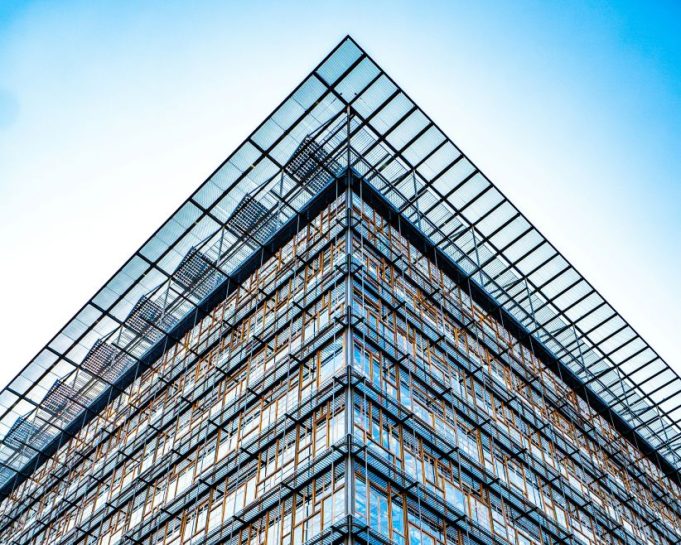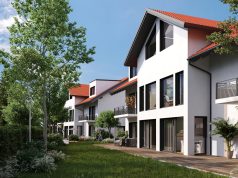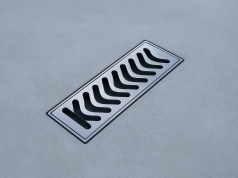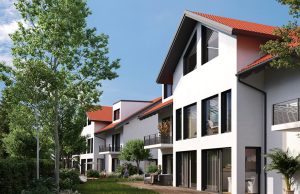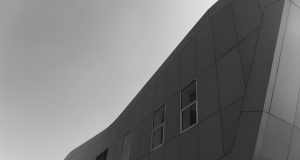In construction, even the smallest components can have a big influence on how long a building lasts. Fixings (bolts, screws, anchors and other connectors) hold structures together, yet they are often the first elements to fail when exposed to moisture, chemicals or changing temperatures. Corrosion in these hidden parts can lead to expensive repairs, early replacements and unnecessary waste. Choosing corrosion-resistant materials is therefore a simple way to extend a building’s service life and reduce its environmental footprint.
Stainless steel, galvanised, and zinc-plated fixings are three of the most effective options. Stainless steel contains chromium, which forms a passive layer that resists rust even in coastal or damp locations. Galvanised fixings have a protective zinc coating that shields the steel beneath, making them suitable for outdoor structures such as fencing, roofing and general construction. Zinc-plated fixings provide dependable performance for interior applications where humidity is moderate, but strength remains critical.
Selecting the right type of fixing for each environment does more than protect a building’s structural integrity. Longer-lasting components mean fewer replacements over time, cutting the energy and resources needed for manufacturing and transport. This lowers embodied carbon and reduces the volume of construction waste heading to landfill – a practical step toward low-carbon building practices.
Specialist suppliers such as Speedy Fixings stock a wide range of these corrosion-resistant products, making it easier for builders, architects and property owners to match materials to specific site conditions. By providing stainless steel, galvanised and zinc-plated options in different sizes and strengths, they support both small repairs and large-scale projects without pushing unnecessary replacements down the line.
Whether you are working on a new build or maintaining an existing property, paying attention to fixings can deliver long-term benefits. Specifying durable materials at the design stage reduces the likelihood of hidden failures and helps structures perform as intended for decades. It’s a modest investment that pays off in lower maintenance costs, fewer disruptions and a lighter environmental impact.
By choosing corrosion-resistant fixings and sourcing them from knowledgeable suppliers, construction professionals can improve building lifecycles while supporting the wider move toward sustainable construction. It’s a practical, low-cost decision with lasting results.

